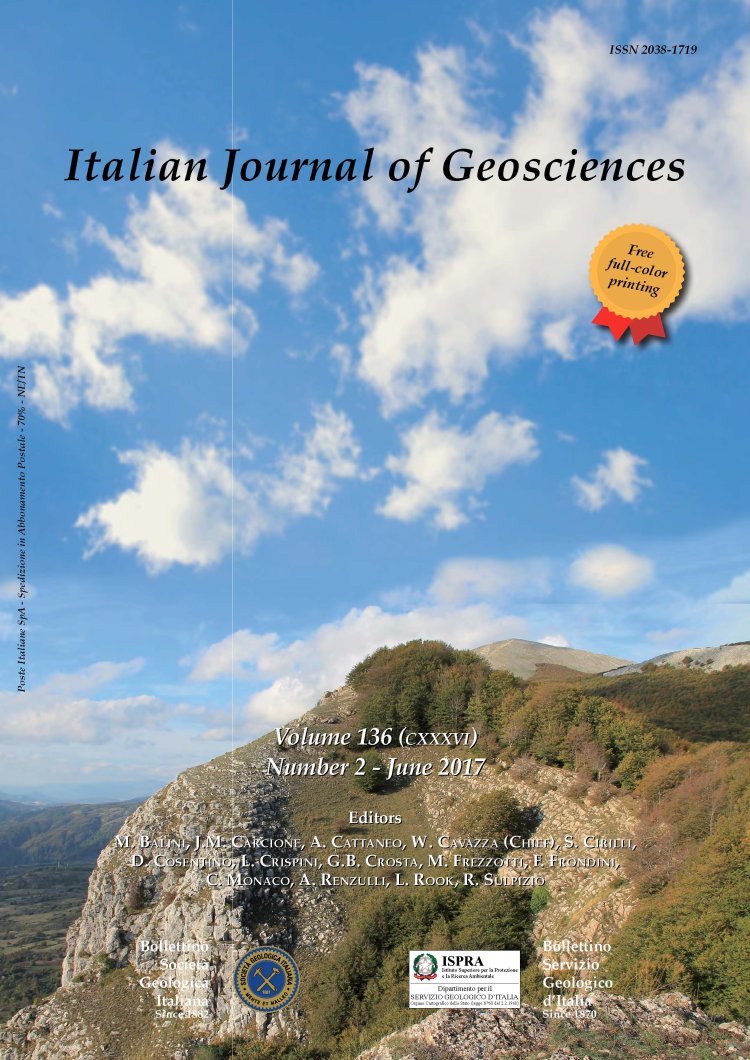
Magmatic and geodynamic significance of two volcaniclastic deposits in the Oligo-Miocene successions of the Southern Apennines (Italy)
Raffaele Giordano (1), Alfredo Caggianelli (1), Roberto Sulpizio (1) (2), Maria Laura Balestrieri (3), Patrizia Maiorano (1) & Luigi Solari (4)
(1) Dipartimento di Scienze della Terra e Geoambientali, via Orabona 4, 70125, Bari, Italy. Correspondig author e-mail: ragiordano@tiscali.it.
(2) IDPA-CNR, via M. Bianco 9, 20131, Milano, Italy
(3) CNR, Istituto di Geoscienze e Georisorse, Via la Pira 4, 50121 Firenze (Italy).
(4) Centro de Geociencias, UNAM Campus Juriquilla, Queretaro, México.
Volume: 136 (2017) f.2
Pages: 157-170
Abstract
Two volcaniclastic deposits, ROC and SBA, in the Oligo-Miocene succession of the Southern Apennines, between the Apulia and Campania regions, have been studied for the first time. Mineral composition, SEM-EDS and LA-ICP-MS analyses, for major and trace elements, respectively, allowed recognizing magmatic products of typical calc-alkaline to high-K calc-alkaline affinity. ROC glasses have a restricted compositional range in the rhyolitic field whereas SBA glasses show a wide compositional range from andesite to rhyolite, with dacite as the most common composition. Fission-track dating of apatite in the SBA deposits yielded an age of 21.7 ± 2.2 Ma, which is comprised between the Chattian and the Burdigalian. Biostratigraphic analyses in sedimentary layers adjacent to ROC layers indicate they were deposited not before Burdigalian. A provenance analysis of the studied volcaniclastics in relation to the possible source areas of the Mediterranean and neighbouring areas was performed. On the basis of time constraints, mineral and trace element composition a convincing correlation of the ROC deposits with potential source areas did not emerge. Instead, a provenance from the southwestern and northwestern Sardinian volcanic centres was favoured for the SBA volcaniclastic deposits. This hypothesis is compatible with the Oligo-Miocene paleogeographic reconstructions, that show the proximity of the Apennine sedimentary basins to Sardinia before the opening of the Tyrrhenian sea.
Keywords
volcaniclastic deposits, Oligo-Miocene, Southern Apennines, orogenic volcanism, Central-Western Mediterranean.
Get Full Text Supplementary Material